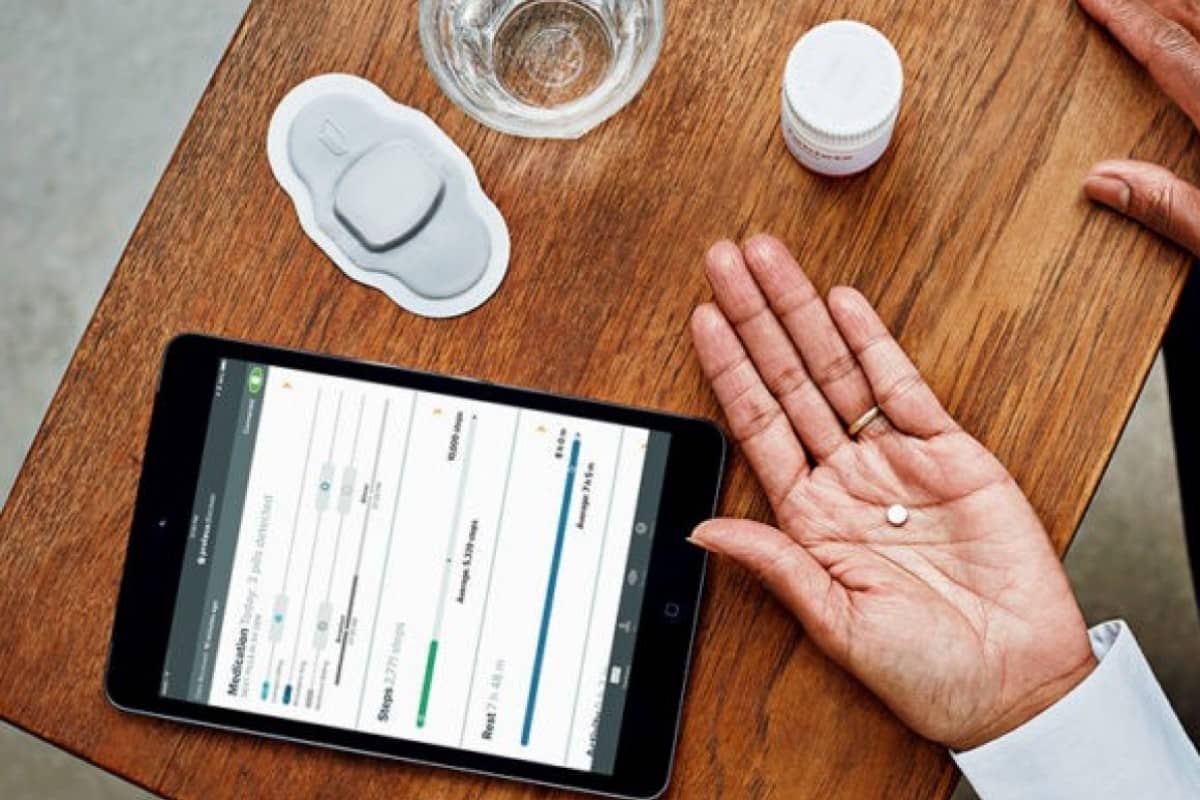Once upon a time, when the ‘Industrial Revolution’ hit the world, everything could be machined or automated. Anything and everything was mass-produced in big factories and sold for pennies compared to what their prices used to be. But that day and age is known peculiarly for something else that changed the way humans perceived, behaved and even lived their lives. It was a great advancement in medical research and technology. From Darwin’s theory of biological evolution to vaccines for anthrax, cholera and smallpox changed the way biologists and medical professionals saw life and pharma.
Life expectancy in different parts of the world were reported to be doubled and child mortality was seen to be slashed to half. Today, we live in an era where we enjoy better health facilities and services. But naturally, the accessibility, availability, and affordability (the 3 As of medical practicing, to a consumer), is highly skewed. Some parts of the world receive better services, some get it for better prices while some don’t even have proper hospitals, let alone the problems prevailing within countries. With the advent of technologies like blood pressure readers to CT imaging machines, humanity has always looked for excelling in the field of medicine even more day by day.
The way technology has done before, it has provided us with a boon that will change the world as to how we access, avail and attain our right to healthcare: E-Hospitals.
E-Hospitals or generally speaking, healthcare services that apply the concept of ‘eHealth’ sits rather recent in the grand timeline of medical history mainly encompassing tools designed for digital diagnosis, processing, and communication, in popular and mainstream have been in use since the late 1990s and early 2000s. Immense research and development throughout multiple phases of a physical hospital have led to a very loose definition of the word ‘E-Hospital’, as many services are available that fit the label.
A study conducted in 2005 found out that there are at least 50+ implications of the term, applications ranging from e-prescriptions to electronic health records. And hence, it is not a surprise that few believe that the term is interchangeable with health data processing or health informatics encompassing out of the clinic work too while others argue that it should be restricted to just in clinic processes.
Going forward, we discuss the various aspects that constitute e-healthcare as well as shed light on the future of e-healthcare.
Interoperable Data
Today, in the field of medical sciences, there has been a generation of huge amounts of interoperable data. This data can be used for a great number of applications with the help of cutting edge technology like Machine Learning and Artificial Intelligence. Much like how Google uses AI to give you search results, similarly one day we can have a healthcare search engine. Wherein data will be the driving force in the operations of doctors, hospitals and other medical institutions. This data generation would be so convenient, for example, many consumers today wear the like of a smartwatch or similar sort of wearables that track user activity and health systems and most of this data is algorithmic and highly predictable.
In two decades’ time, expensive, highly trained medical practitioners and professionals will use most of their time in research for better services and focus on complex health scenarios. Data will also lead us to remain at our homes and avail effective, high-quality treatment. Easy to use, open to all and highly trusted services will pop out that can produce e-subscriptions and have the medicines delivered at your place, possibly through drones. The patients and the emergency that has been caused will decide rather than the doctors or clinics when, where and how to receive healthcare.
Automated Robotic Healthcare Solutions
The awfully long time to deliver healthcare to a patient whether it is in or out of the hospital is one of the most frequent subjects of complaints. It could take minutes to even hours in some local/rural areas in the heart of the United States. This leads to a lot of patient frustration, operational and managerial issues, loss in time and productivity and even sometimes the loss of life.
All of this can be automated and effectively alleviated through robotic systems. Robotic systems are highly functional, movable and even work as an efficient human being, talking and responding to distress calls or providing a morale boost. There are also applications where a patient could get a doctor or a physician through virtual ways i.e. either a physician is not needed at regular time intervals for check-ups etcetera or the robotic systems are self-sufficient to receive feedback from patients and recommend the solutions. This, in turn, has the power of making e-hospitals, almost literally an efficient healthcare machine.
Virtual Health Communities
This ecosystem of e-Hospital services would lead to the formation of e-Health communities. Organizational health hubs, niche-based specialized care, online forums, and health-based companies will play a major role in the adoption and further development of the entire e-Health scenario. These will act as direct agents of medical relief and healthcare delivery systems. Note that these, partially, are not available today to the general citizen of the States, but the majority of profit is enjoyed by the direct delivery systems. This will, however, change as the consumers become more and more the center of the new healthcare era.
E-hospitals are going to be the boon humanity needs. In the near future, patients will not go to hospitals, rather hospitals would come to the patients. That, in fact, is the future of healthcare.
Article is written and published by Sandeep, working as content writer and guest blogger at Aegis Infoways, A Leading healthcare application development and Healthcare Software Development Company India.

